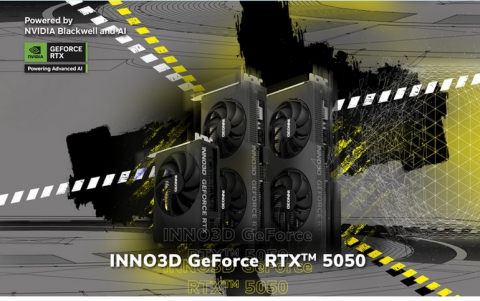
GD-ROM
GD-ROM (Giga-Byte Disk) is a CD format developed by Yamaha. The GD-ROMs can save up to 1GB of data (in contrast to the normal CD-ROMs which, depending on the data format used, can theoretically hold 90 minutes of information). This method presumably works on the principle that the individual pits are packed more closely than is usual with CD-ROMs. GD-ROMs are used by the games consoles developed by SEGA called DreamCast. The game console uses a 12x GD-ROM drive by Yamaha.
The back of a GD-ROM consists of 3 separate areas:
The inner area with normal write density which can record up to approx. 35MB (4 minutes) of data. This area can be read by a normal CD-ROM drive. This area consists of two tracks. A data track Mode1 and an audio-track, which an audio CD player can play. The respective tracks must be at least 4s long.
The outer area with a high write density which can record approx. 1GB (112 minutes) of data. This area can not be read by a normal CD-ROM drive or CD burner. This area also consists of 2 tracks. This area is written in so-called CAV-mode. Based on information received, the additional available memory space is also achieved by writing information in areas which are normally not used.
Between the outer and the inner area is a blank, unwritten layer which serves as a border between the areas. This area contains the lettering: "..Produced by or under license from sega enterprises LTDs. Trademark SEGA.." NULL
The back of a GD-ROM consists of 3 separate areas:
The inner area with normal write density which can record up to approx. 35MB (4 minutes) of data. This area can be read by a normal CD-ROM drive. This area consists of two tracks. A data track Mode1 and an audio-track, which an audio CD player can play. The respective tracks must be at least 4s long.
The outer area with a high write density which can record approx. 1GB (112 minutes) of data. This area can not be read by a normal CD-ROM drive or CD burner. This area also consists of 2 tracks. This area is written in so-called CAV-mode. Based on information received, the additional available memory space is also achieved by writing information in areas which are normally not used.
Between the outer and the inner area is a blank, unwritten layer which serves as a border between the areas. This area contains the lettering: "..Produced by or under license from sega enterprises LTDs. Trademark SEGA.." NULL














